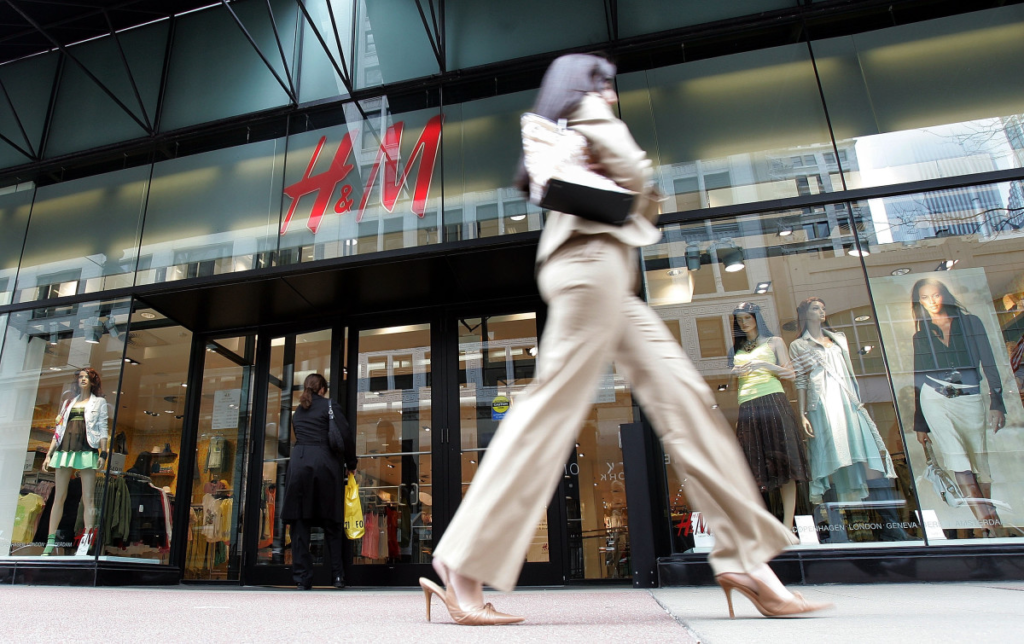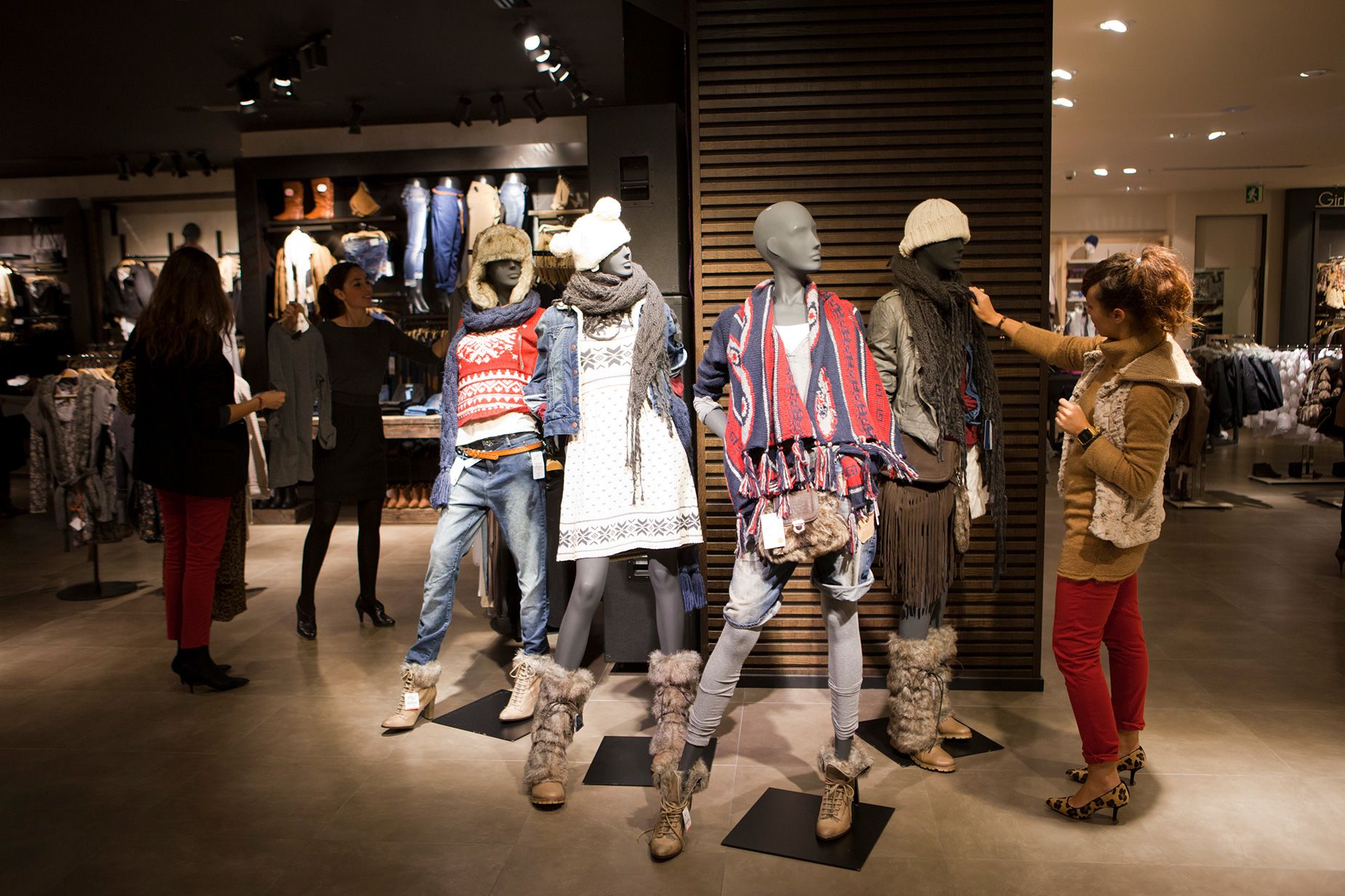Fast fashion has been doing rounds across the world. It basically means that people can buy fashionable clothes at cheap rates. Though it sounds good, is everything fine behind the scenes? Where fast fashion is filled with pros, it also has its cons. Let’s delve deeper in finding out the pros and cons of fast fashion and some sustainable alternatives to this practice.
What Exactly is Fast Fashion?

Fast fashion denotes the quick production of clothes that are imitations of the latest fashion trends. The high speed at which this type of clothing is produced by retailers enables customers to always be on trend without breaking the bank. Some famous brands for fast fashion include Zara, H&M, and Forever 21. The clothes really appear to be made for a life of only some wears, which makes customers purchase often.
Pros of Fast Fashion
:max_bytes(150000):strip_icc():format(webp)/GettyImages-1206779030-9450b9fda5694431a1056bf86aff0818.jpg)
Low Prices
Low process characterizes fast fashion. One can acquire stylish clothes at pocket-friendly prices, hence usable by various people. This makes the price affordable to a number of people.
Access to Trends Fast
Fast fashion allows one to obtain the latest trends. In case of a style on the runway or on social media, it’s readily available to customers in the stores. This enables one to wear the “in” without having to wait for months.
Variety of Choices
With fast fashion, there’s always something new. The stores are frequently changing collections and always have a wide variety of options available. Ranging from casual to formals, you will always get it in the stores of fast fashion.
Disadvantages of Fast Fashion

Impact on the Environment
Fast fashion comes literally at great cost to the environment. Production means waste, pollution, and depletion of natural resources. Given the nature of fast fashion, many garments eventually end up running their course—usually shortly after purchase—to landfills, thus causing environmental degradation.
Poor Working Conditions
To be able to charge very low prices, fast fashion brands commonly turn to cheap labor. This thus subjects most workers, who are based in developing countries, to poor working conditions, meager wages, and long working hours. This now poses the ethical question of what the real cost of fast fashion is.
Poor Quality
Fast fashion items are cheaply and hurriedly produced. Therefore, the quality is mostly compromised. The clothes may either wear out or quickly go out of fashion, resulting in more wastes and increased purchase frequency.
Fast Fashion Alternatives
Sustainable Brands
There are several sustainable brands in current times. Such clothes are made from eco-friendly materials and methods of ethical production. These clothes cost more but offer better conditions for the workers and the environment as well.
Second-Hand Shopping
Second-hand shopping is an excellent way to prevent wastage. These stores come in handy through thrift stores, online platforms, and consignment shops in the supply of fashion varieties at a pocket-friendly price. You’ll find high-quality items that won’t contribute to the ever-growing demand for new clothes.
Capsule Wardrobe
A capsule wardrobe is a small collection of essential mix-and-match clothing items. The idea motivates one to shop thoughtfully and stops one from continuously buying things. By focusing on quality over quantity, it allows you to create a timeless wardrobe.
To Wind Up
Fast fashion is enticing, with trendy clothes at very low prices. However, the environmental and ethical costs are huge. The more aware we are of the alternatives, the better our choices can turn out to be. Be it an ethical brand, shopping second hand, or a capsule wardrobe, all these ways can help in taking the pressure off the planet for the sake of enjoying fashion.



